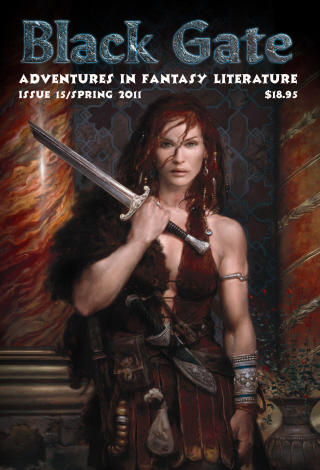WotC Announces Fifth Edition Dungeons & Dragons
 Mike Mearls, senior manager of D&D research and development at Wizards of the Coast, today announced the project that will become the fifth edition of the world’s most popular role playing game.
Mike Mearls, senior manager of D&D research and development at Wizards of the Coast, today announced the project that will become the fifth edition of the world’s most popular role playing game.
Confused by the plethora of editions? Wondering if this is really a big deal? You’re not alone.
Gary Gygax and Dave Arneson published the first Dungeons and Dragons rules in a hand-assembled boxed set in 1974; in 1977 Gygax completely revamped the game into Advanced Dungeons & Dragons, the version that catapulted it into a household name. In 1989 David “Zeb” Cook and a new team at TSR rewrote the game, releasing a Second Edition of AD&D aimed primarily at younger players. D&D 3rd Edition arrived in 2000 from new owners Wizards of the Coast; it is widely credited with saving the game — and revitalizing the entire RPG industry with the streamlined d20 System, released at the same time. Version 3.5 came along in 2003, tweaking numerous rules, and the most recent incarnation is the Fourth Edition, published in 2008.
And yes, it’s a big deal.
Wizards is putting out the call to players around the world to assist in development, with an ambitious open playtesting program starting this spring. You can help shape the future of the game by signing up for the playtest here. According to Mearls,
The ultimate goal of this next iteration of D&D a game that rises above differences of play styles, campaign settings, and editions, one that takes the fundamental essence of D&D and brings it to the forefront of the game.
You can read the complete announcement here, and read more about the genesis of the new edition in today’s New York Times.
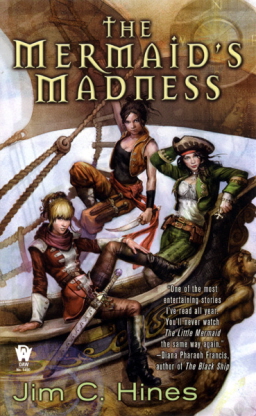
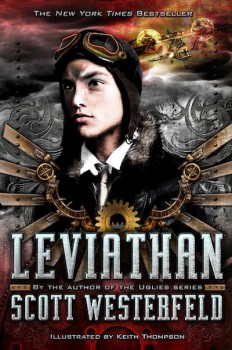
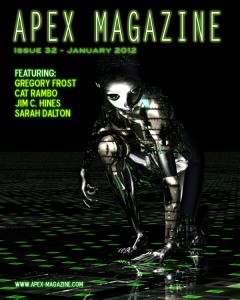 This month’s Apex Magazine features new fiction from Cat Rambo (“So Glad We Had This Time Together”) and Sarah Dalton (“Sweetheart Showdown”), as well as a reprint of “The Prowl” by Gregory Frost, who is also the featured interview. Stephan Segal provides the cover art and John Hines discusses “Writing About Rape.”
This month’s Apex Magazine features new fiction from Cat Rambo (“So Glad We Had This Time Together”) and Sarah Dalton (“Sweetheart Showdown”), as well as a reprint of “The Prowl” by Gregory Frost, who is also the featured interview. Stephan Segal provides the cover art and John Hines discusses “Writing About Rape.”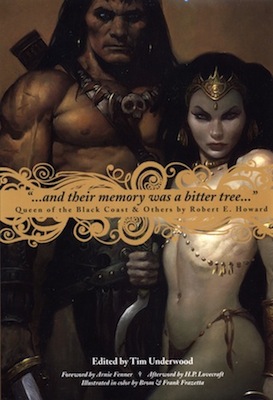
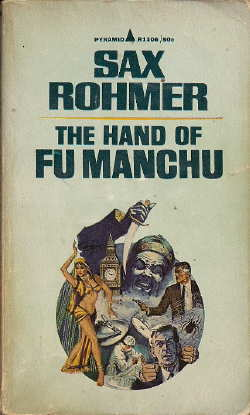

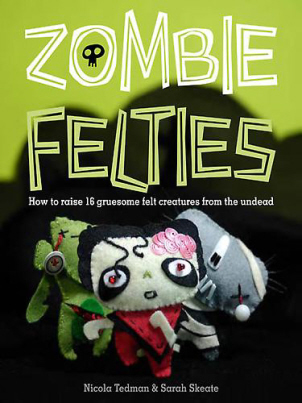

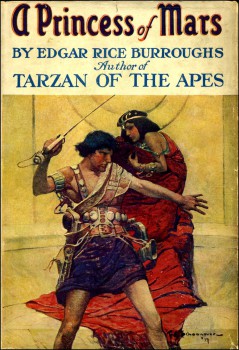 The year 2012 C.E. is the centenary of the Reader Revolution. Two novels published in pulp magazines that year, A Princess of Mars and Tarzan of the Apes, re-shaped popular fiction, helped change the United States into a nation of readers, and created the professional fiction writer. One man wrote both books: Edgar Rice Burroughs.
The year 2012 C.E. is the centenary of the Reader Revolution. Two novels published in pulp magazines that year, A Princess of Mars and Tarzan of the Apes, re-shaped popular fiction, helped change the United States into a nation of readers, and created the professional fiction writer. One man wrote both books: Edgar Rice Burroughs.